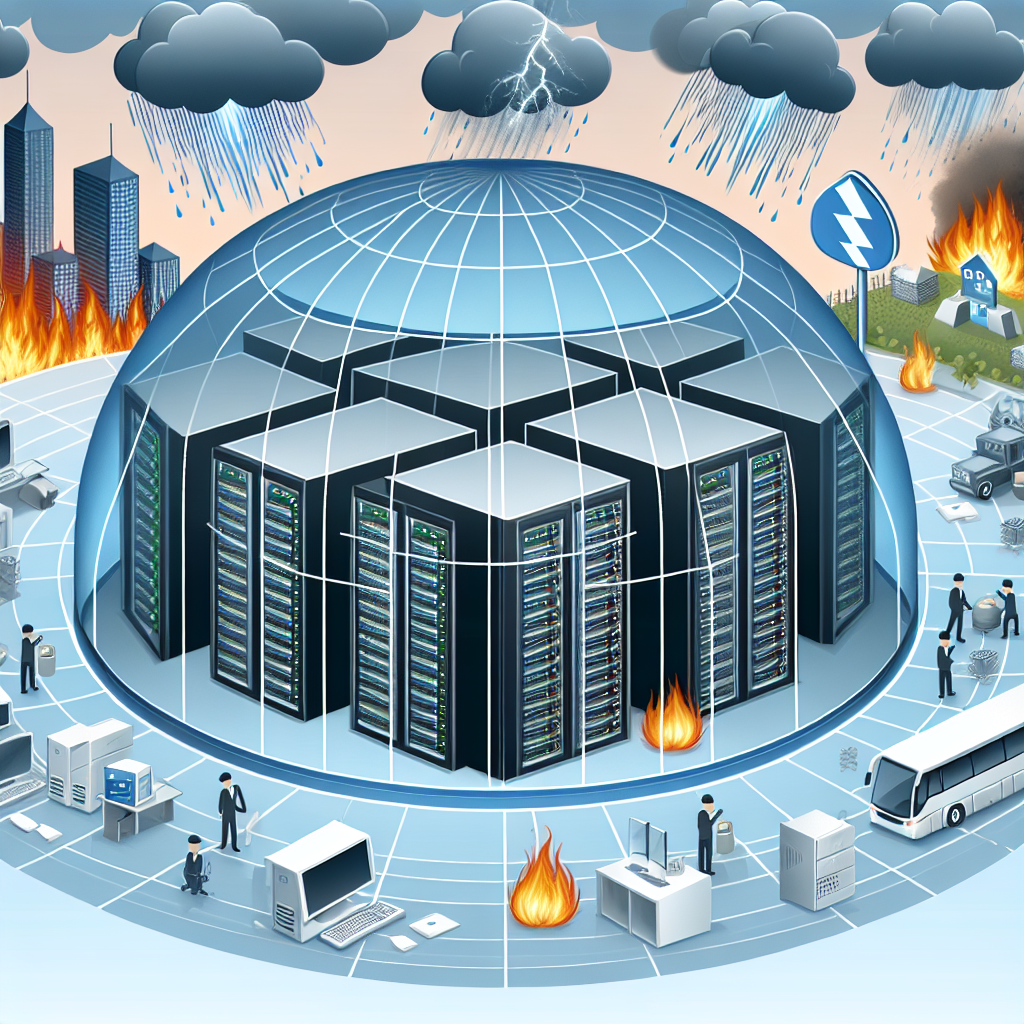In today’s digital age, data centers play a crucial role in the operations of businesses and organizations. They house critical information and systems that are vital for the day-to-day functioning of these entities. However, with the increasing reliance on technology comes the risk of unexpected disasters that can disrupt or even destroy these data centers. This is why having an effective disaster recovery plan in place is essential for ensuring the continuity of operations in the face of unforeseen events.
Preparing for the unexpected is the key to a successful data center disaster recovery plan. This involves identifying potential risks and vulnerabilities that could impact the data center, such as natural disasters, cyberattacks, power outages, and hardware failures. Once these risks have been identified, it is important to develop a comprehensive plan that outlines the steps to be taken in the event of a disaster.
One of the first steps in preparing for a data center disaster is to create a detailed inventory of all the hardware, software, and data that is stored in the data center. This inventory should include information such as the location of the data, its importance to the organization, and any dependencies that it may have on other systems. Having a clear understanding of what is at stake will help in prioritizing recovery efforts and minimizing downtime.
Another important aspect of a data center disaster recovery plan is to establish clear communication channels and protocols for notifying key stakeholders in the event of a disaster. This includes not only internal staff but also external vendors, partners, and customers who may be affected by the outage. Having a well-defined communication plan will help in coordinating recovery efforts and ensuring that everyone is kept informed of the situation.
In addition to communication, it is also essential to have backup and recovery strategies in place to ensure that data can be quickly restored in the event of a disaster. This includes regular backups of critical data, redundant systems and infrastructure, and failover mechanisms that can quickly switch to backup systems in case of a failure. Testing these backup and recovery strategies regularly is also crucial to ensure that they will work effectively when needed.
Finally, it is important to regularly review and update the data center disaster recovery plan to account for changes in technology, infrastructure, and business operations. This includes conducting regular risk assessments, reviewing and updating recovery strategies, and training staff on their roles and responsibilities in the event of a disaster. By staying proactive and prepared, organizations can minimize the impact of unexpected disasters on their data center operations and ensure the continuity of their business.

Leave a Reply
You must be logged in to post a comment.